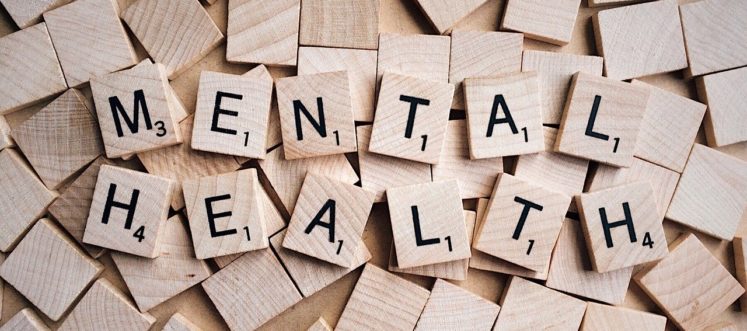Mental Health and Workplace Productivity

It’s been quite a whirlwind month. Businesses are beginning to reopen, protests are sweeping the country, and important causes that demand our attention/voices are surrounding our communities. I can’t help but feel that these pressing matters coupled with the global pandemic are crucially affecting our mental health and in turn our workplace productivity. Nearly everyone I speak to is feeling anxious, fatigued, and stressed. Hence, a brief discussion of mental health and its correlation to workplace productivity will be discussed in this blog. Tips on easing stress and anxiety in the workplace will also be covered.
There are a plethora of adverse effects associated between poor mental health and workplace productivity. For example, poor mental health is known to contribute to burnout amongst employees. (Rajgopal, 2010). Burnout is the inability to meet constant demands as a result of mental, emotional, and physical exhaustion . Poor mental health is also attributed with an increased rate of abseentiesm and presenteeism at work. Surprisingly, abseentiesm and presenteeism due to mental health issues cost US organization between $23 to 44 billion annually (starlingminds, 2020). The world health organization has even referred to stress as the “health epidemic of our time”, with a staggering 80% of US workers feeling stressed (starlingminds, 2020).
With stress and mental health being a pivotal issue within our society in general, we can assume that the current global pandemic has heightened emotions of anxiety, stress, and worry. Below are a few tips and techniques that can be incorporated within the workplace to help ease these emotions.
- Enforce team-building activities and relaxation breaks: Help build employee morale by instituting engaging activities for the whole office, while prioritizing adequate rest periods (Velaz, 2020).
- Ensure Open-Dialogue: An an employer, make sure your employees know that they can come to you with any issues/problems, specifically during this time. Make sure employees feel safe to talk about their fears and concerns.
- Establish a Safe Workplace: Include routine temperature screenings to help fight the spread of COVID-19 and institute proper HR policies for employees to stay home if they are feeling sick.
These are just a few tips that your company can institute to help ease feelings of anxiety, stress, and worry. Let us know how your company is tackling these issues. As always, elevate your business technology with Micro Trends.
References
Rajgopal T. (2010). Mental well-being at the workplace. Indian journal of occupational and environmental medicine, 14(3), 63-65. https://doi.org/10.4103/0019-5278.75691
Starling MindsStarling Minds™ is a leading digital mental health platform that empowers organizations to cost-effectively support the wellbeing of their entire workforce. By using self-directed and digitally delivered Cognitive Behaviour Therapy (CBT) available on-demand. (2020, January 22). The Economic Impact of Mental Illness: Absenteeism & Presenteeism. Retrieved from https://www.starlingminds.com/resources/blogs/the-economic-impact-of-mental-illness-absenteeism-presenteeism/
Velez, A. (2020, May 12). How Employers Can Ease Anxiety About Returning to the Workplace. Retrieved from https://www.tlnt.com/how-employers-can-ease-anxiety-about-returning-to-the-workplace/


